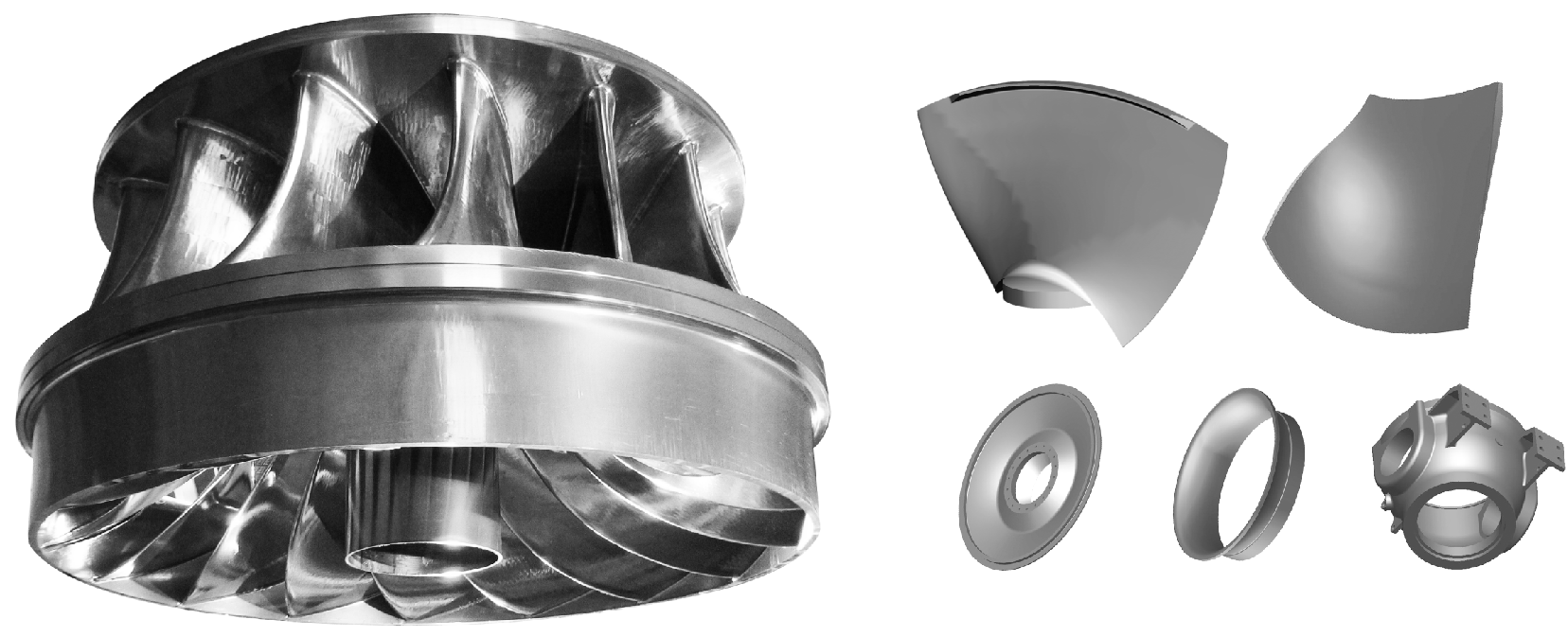E-postformatfel
emailCannotEmpty
emailDoesExist
pwdLetterLimtTip
inconsistentPwd
pwdLetterLimtTip
inconsistentPwd

Nyheter
Understand the Production Process of 3D Printing Sand Mold Casting
In the production of castings, sand casting is a common casting process. Casting is one of the ways of metal processing. It is a metal processing method that liquid metal is cast into the casting cavity corresponding to the shape of the part, and after it is cooled and solidified, a blank of metal parts with a certain shape, size, and performance is obtained.
However, the more complex the structure and shape of the casting, the more troublesome the mold modeling will be. Rapid prototyping technology makes the difficulty of the forming process independent of the complexity of the shape of the physical entity to be formed. Therefore, many modeling tasks of sand mold today need to be completed by a 3D printer. This valuable technical feature enables it to best adapt to the competitive environment of the contemporary manufacturing market and develop rapidly.

Nowadays, the very popular additive manufacturing technology (often referred to as 3D printing technology) is a breakthrough in manufacturing principles. It does not need any special auxiliary tools and is not limited by the batch size. It can quickly change from a CAD 3D model to a 3D solid model, and the product cost is almost independent of the complexity of parts, especially suitable for the manufacturing of complex parts with fine internal structure; And the manufacturing flexibility is extremely high. One machine can be used to manufacture parts of various shapes.
Rapid prototyping technology can directly manufacture product samples or molds with only 30% - 50% of the working hours and 20% - 35% of the cost of traditional processing methods. 3D printing prototype has been widely used in the fields of machinery, electronics, automobile, aviation, and aerospace. The improvement of this technology has brought a revolution to the manufacturing industry.
As a casting mold, rapid prototyping can be used in sand casting, investment casting, ceramic precision casting, and gypsum precision casting. Direct 3D printing of sand mold eliminates the traditional process model. According to the geometric information of the mold CAD model (including process information such as the gating system), the accumulation process of molding materials is accurately controlled, and the direct manufacturing of mold is a major change in the traditional casting process.
How do combine casting and 3D printing?
The mold of industrial parts is made up of a whole set of combinations.
This whole set of molds can be completed by 3D printing technology. In the CAD file of the 3D printer, a whole set of molds lie on the printing table like this.
Because the molding cylinder space of a sand 3D printer is relatively abundant, engineers can import many model files before printing out of consideration of cost savings. So before each print, the model data looks dense.
The process of 3D printing is to lay a layer of sand, solidify it with adhesive, and then stack it layer by layer. The material of sand mold is quartz sand. Because the sand material is bonded by resin, this kind of sand is also called resin sand. The layer thickness of resin sand material can be as low as only 300 microns (the thickness of three human hair threads).
After printing, it is also necessary to clean and take parts.
The traditional sand mold manufacturing process is generally: CAD design → process simulation → mold making → fixture manufacturing → sand mold manufacturing → casting. After using 3D printing, the process is CAD design → process simulation → 3D printing sand mold → casting. It used to take a month, but now it can be completed in a few days, which greatly shortens the production cycle and saves a lot of manual work.
Advantages of 3D printing sand casting
- save time: short delivery cycle
- cost saving: Tool-Free Construction
- high flexibility in quantity, shape design, and variant
- almost any complex geometry
- complex cores can be built as a whole and accurately rebuilt
- size: from small parts to 2000 x 1000 x 1000 mm
- there is no storage and maintenance cost compared with the making of traditional molds
- arbitrary mixed manufacturing method and combined with the traditional process
- parts / reverse engineering

